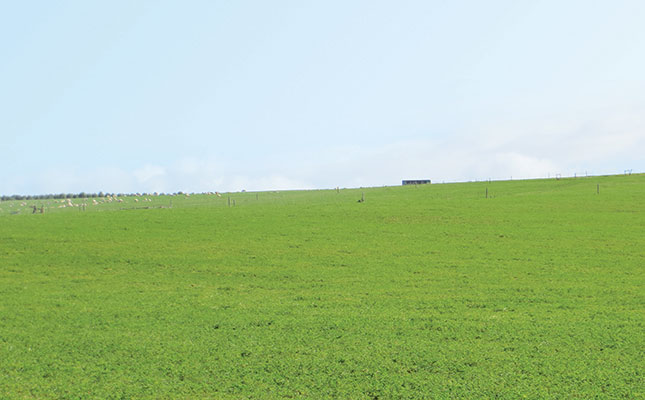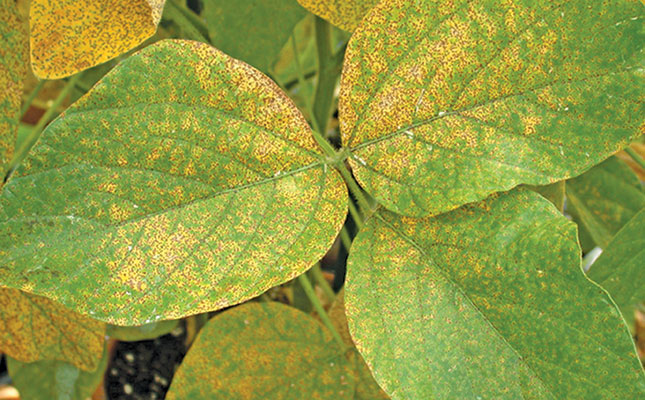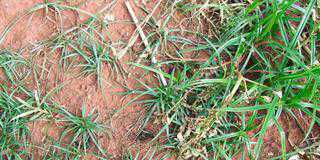
Lucerne (Medicago sativa) is also known as ‘alfalfa’, which means ‘best fodder’ – and this says it all. Lucerne is the king of fodder, yielding a large volume of high quality hay that’s rich in protein.
Lucerne belongs to the legume family, which means that, working with soil bacteria called rhizobia, it is able to fix nitrogen to make it available for plant growth.
In South Africa, lucerne is grown under irrigation and as a dryland crop. Because it is a semi-permanent crop that covers the entire soil surface, errors made while establishing a planting are difficult to rectify.
So begin by making sure the soil is correct for the crop. It prefers well-drained soil about 1,2m deep. Plough deep, breaking up impervious layers to ensure
sufficient root penetration.
Nutrients
Proper soil fertility will ensure that a planting establishes itself swiftly and vigorously, and remains productive. For every ton of dry material, lucerne withdraws the following from the soil:
- 2,7kg phosphate
- 21kg potassium
- 13kg calcium
- 2,7kg magnesium
- 2,7kg sulphur.
This constant depletion is another reason to carry out a comprehensive soil analysis. These nutrients should always be present and accessible. Avoid brackish soil. This will cause poor germination and inadequate growth. The main cause of unsuccessful lucerne establishment, however, is poor seed bed preparation.
Lucerne seed is very fine, and large clods must be crushed to ensure a fine seed-bed. If the soil is very loose, compact it slightly with a roller to ensure better contact between seed and soil.
Choosing the right cultivar
The choice of cultivar is determined by the climate and soil type. Consult an expert in your region to find a suitable cultivar for your requirements. Whichever cultivar you choose, plant only certified seed. This might be expensive, but it is the only way to ensure a profitable yield.
Inoculate the seed with rhizobium bacteria before planting, carefully following the directions on the packaging to ensure that the correct amount is used.
Two packets per one 25kg bag of seed are usually sufficient.
Sticker
Use a good sticker medium, such as norilose, to ensure that the inoculate adheres well to the seed. A sugar solution may also be used. First mix the seed thoroughly with inoculate and leave it in the shade to dry before sowing it.
When mixing large quantities of seed, it’s a good idea to use a drum, or even a concrete mixer.
Source: Infopak by K Lategan, Elsenburg/ Upington Agricultural Research Station.













